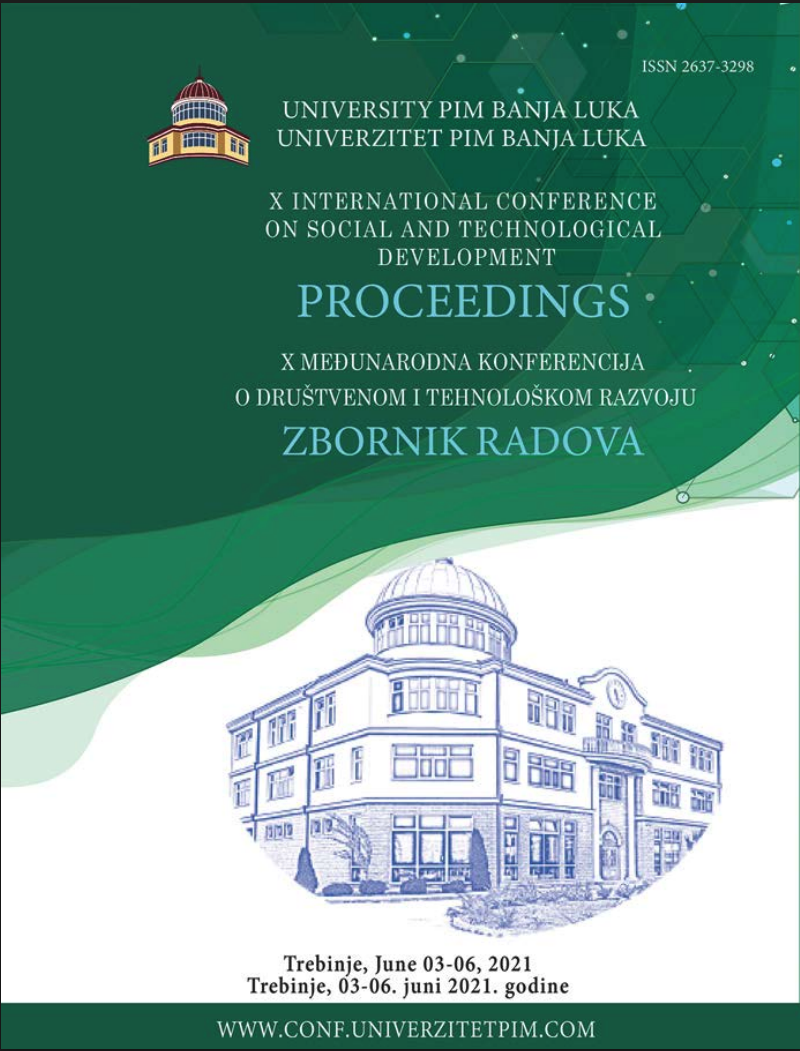
This is an open access article distributed under the Creative Commons Attribution License which permits unrestricted use, distribution, and reproduction in any medium, provided the original work is properly cited.
University Babeș-Bolyai of Cluj-Napoca , Cluj-Napoca , Romania
The study approaches the problematics of the allocating of compensatory damages for physical damage and patrimonial damages caused to consumers by the use or interaction with a defective product, respectively of whether there is unjustified negligence or concurrent fault. Should the liable party invoke the risk of development, producers can be cleared of liability under certain conditions, notably, if they prove that the defective product has not been voluntarily put into circulation or that the defect was due to the compliance of the product with mandatory regulations issued by public authorities; nevertheless, the burden of proof pertaining to the exempt of liability lies on the producers’ shoulders, including the cases in which the state of scientific or technical knowledge at the time the product was put into circulation could not facilitate the detecting of the defect in the testing stage. The epitome of compensation in defective products liability cases not only depend on the possibility of the claimant to establish the conditions for the existence of a duty of care (product security), but also depends on whether or not the misrepresentation has been incorporated into the contract, as depicted by the provisions of Directive (EU) 2019/770 on certain aspects concerning contracts for the supply of digital content and digital services and Directive (EU) 2019/771 on certain aspects concerning contracts for the sale of products.
The statements, opinions and data contained in the journal are solely those of the individual authors and contributors and not of the publisher and the editor(s). We stay neutral with regard to jurisdictional claims in published maps and institutional affiliations.